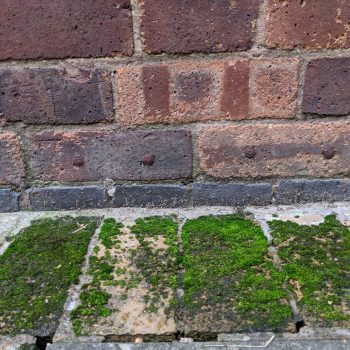Damp Proof Course Myth
Rising Damp / Damp proof course injection
As you can see in the photographs on this page, a physical damp proof course does not “break down”, contrary to many reports written by inexperienced or fraudulent damp “specialists”. You do not need a new chemical damp-proof course injection if you have a physical damp proof course in situ.
The damp proof course became mandatory in 1875, most commonly using slate, bitumen or plastic.
For more information, please contact us – click here
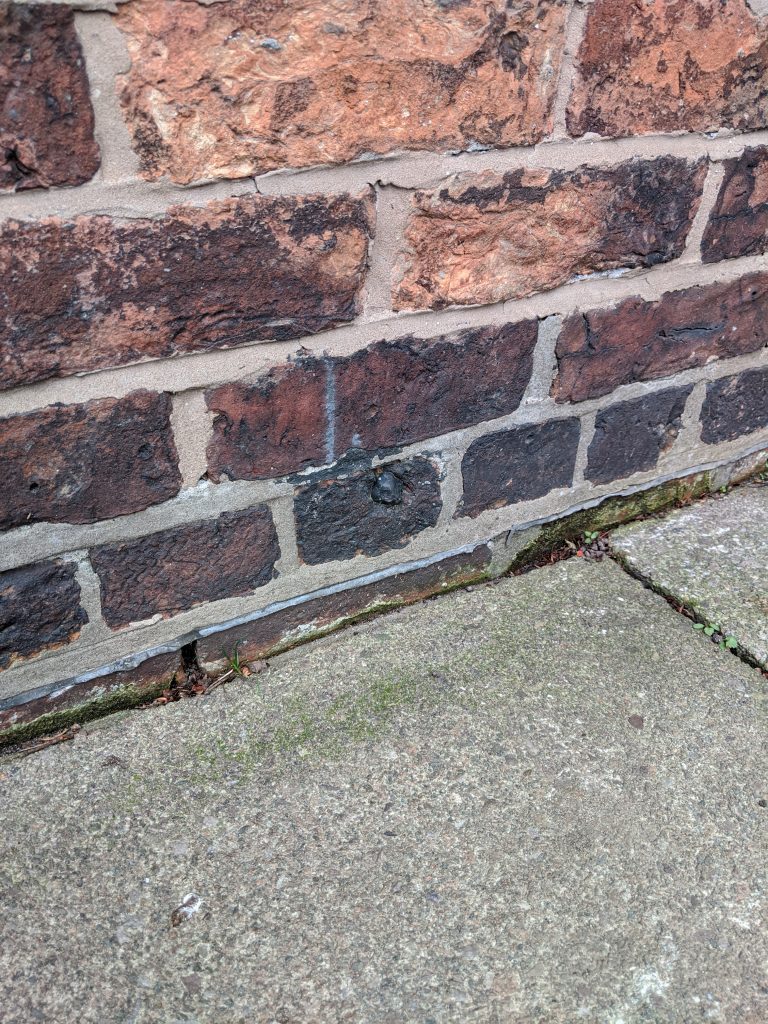
100+ year-old DPC
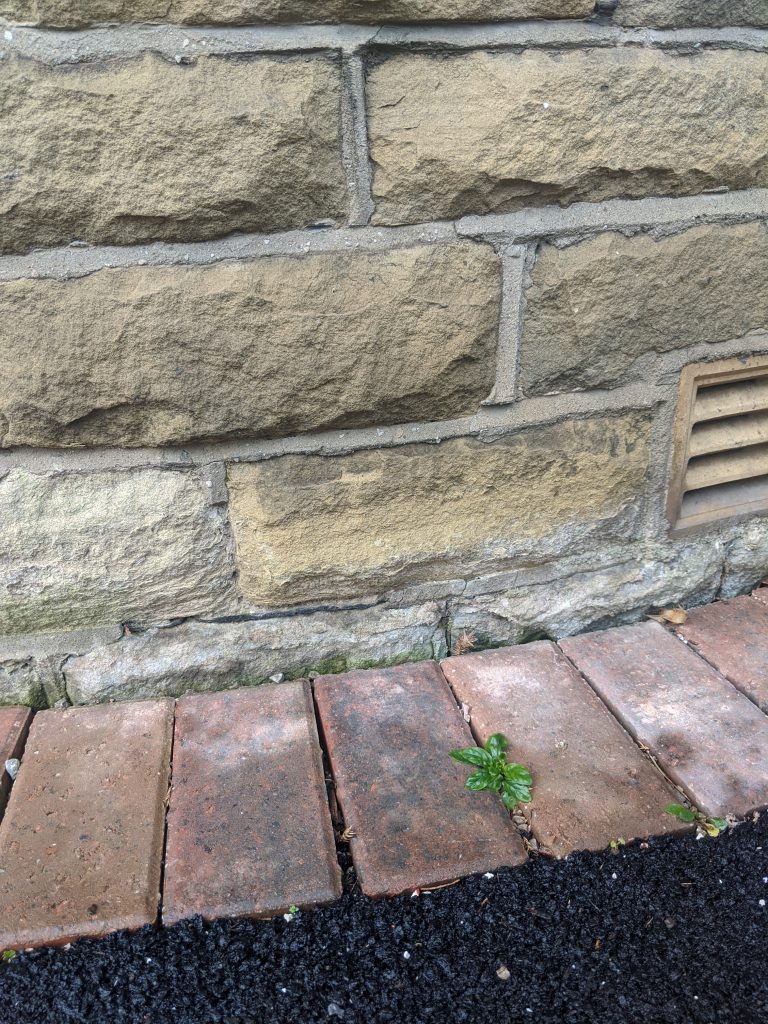
~ 70 year-old DPC
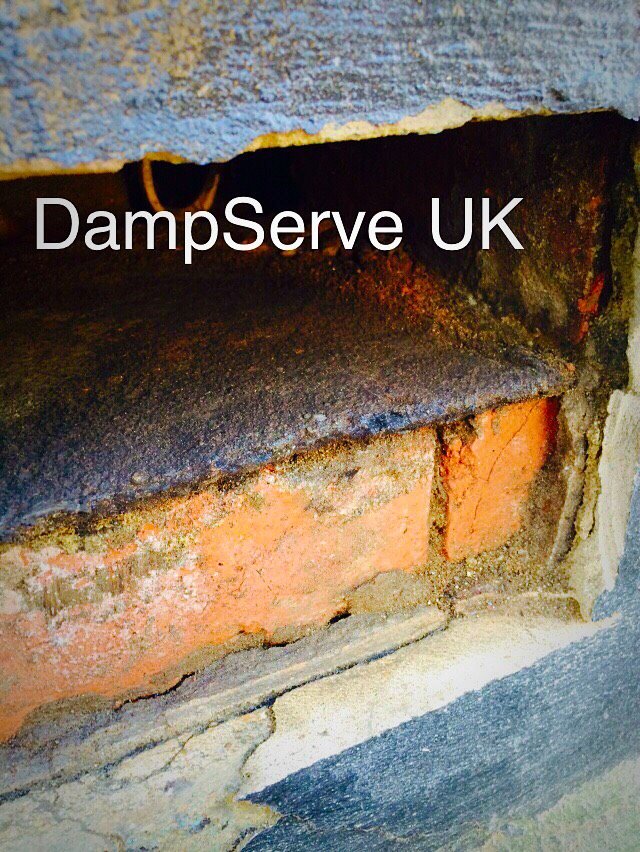
Over 120 year-old DPC
In the above photographs, you can see that the ground levels are far too close to the damp proof course and in one of the photos, the render is bridging the damp proof course. This is why the properties in the photos were suffering from damp issues. The damp proof courses are completely fine!!!

! Don’t be fooled !
Don’t get taken advantage of by one of these damp contractors offering free surveys. They are usually looking to make easy money by installing an (unnecessary!) additional damp proof course. We highly recommend that you instruct a specialist to correctly diagnose your damp issue and find the root cause of the problem.
Don’t be enticed by the offer of a free survey. These companies will make their money by providing you with a “free” report that comes with a hefty quote for questionable treatment.
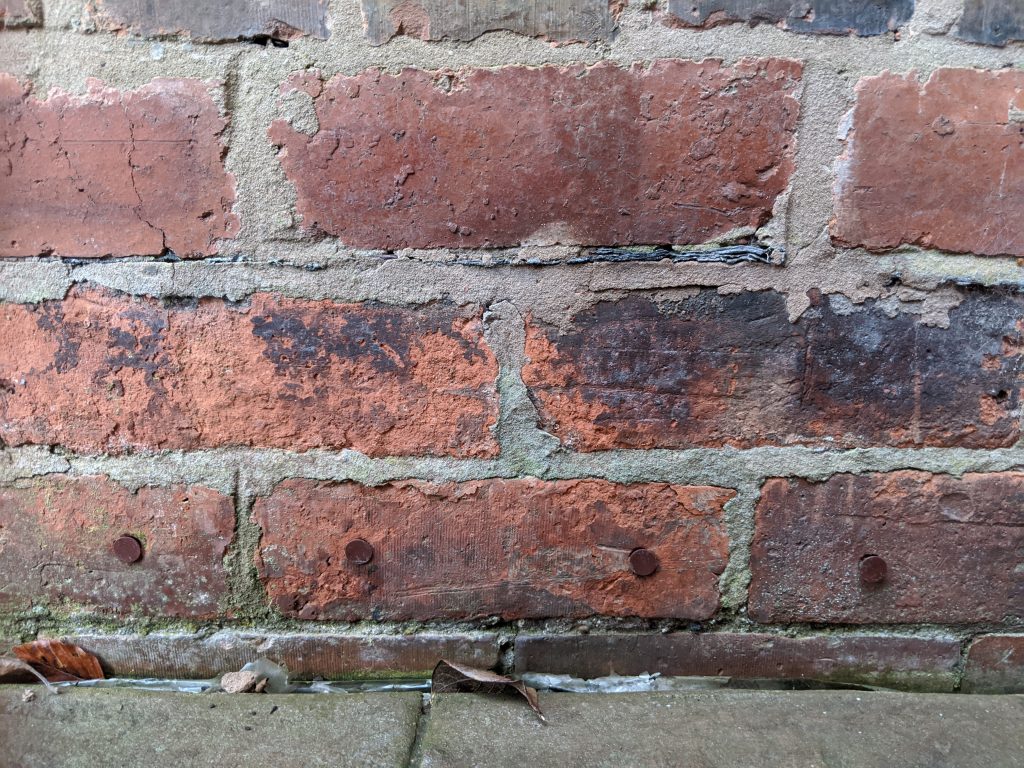
The con artists are at it again...
The photo on the left is of an original physical damp proof course (DPC). This is located exactly where it should be, 150mm (~2 bricks) above the solid external ground level (note the dark material poking out just below the top row of bricks in the photo).
You’ll notice that a “damp contractor” (con-man) has unfortunately fooled a client into installing a chemical damp proof course when it wasn’t needed (note the circular holes along the bottom row of bricks).
In addition, the contractor has injected this new DPC in the wrong place. The injected DPC is way too close to the solid ground level. This will allow rainwater to splash over this DPC and cause low-level penetrating damp (bridging of the DPC). So this chemical DPC injection was a complete waste of money (~£1900).
Not only was it an unnecessary injection in the first place, the contractor has actually installed it incorrectly as it is too close to the external ground level!
Don’t be fooled! Get a proper survey carried out to understand and fix the root cause of your damp problem.
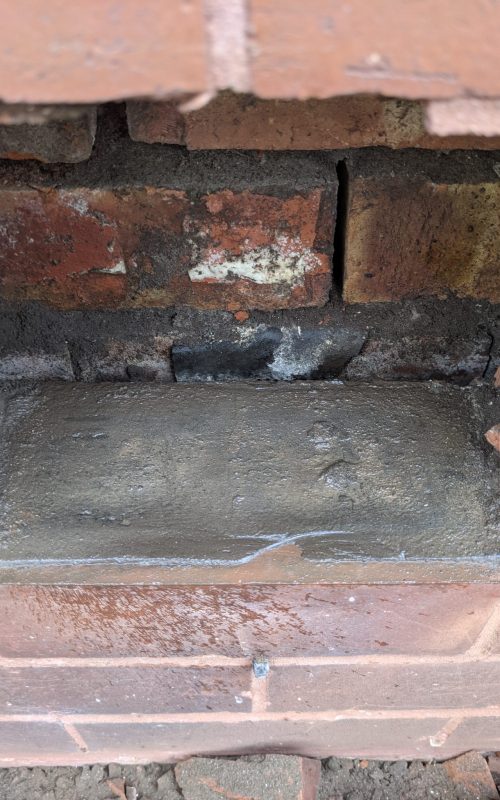
The Rising Damp Conman: A Case Study
The photo on the left is of a physical damp proof course (that is perfectly fine!) that we exposed at a property in Manchester.
The owner was in the process of selling the property and had accepted an offer. The potential buyer had instructed a company to carry out a pre-purchase damp and timber survey (usually at the request of a mortgage lender). The subsequent report from this survey claimed that the property was suffering from rising damp and required a damp proof course injection to fix the issue. The quotation for the new DPC and re-plastering was in the thousands. Because of this report, the buyer pulled out of the sale. This happened to be the second time that the owner found themselves in this situation.
The owner decided to have their own survey carried to find out what was going on. They instructed DampServe to carry out a full damp and timber survey on their property to better understand the extent of their apparent “rising damp” issue. On arrival to the property, our surveyor immediately spotted the original damp proof course. To summarise, our surveyor found only a couple of small areas of low-level dampness affecting some of the ground floor walls. The cause of the dampness was down to poor sub-floor ventilation, which was causing condensation. The condensation was being drawn up the walls and evaporating at low-level.
How do you fix this damp issue? Simple. Improve the sub-floor ventilation to allow the affected walls to dry out. No damp proof course injection or any re-plastering is required.
The homeowner instructed our company to install air bricks to increase the ventilation. This is when we were able to expose the damp proof course in the photo.
The moral of the story is: if you are a homeowner trying to sell your property, please get a proper survey carried out by a specialist to avoid losing your buyer or having to re-negotiate your house price because of a fictional report/quotation from a “damp” contractor.
The advantages of choosing to instruct a paid specialist over a free survey contractor are clear.
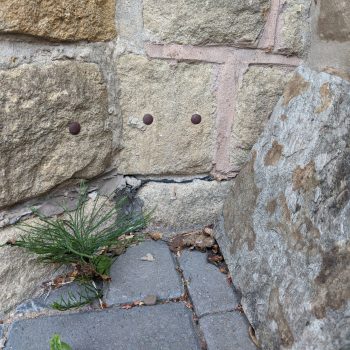
Chester: A damp proof course injection has been installed just above the original damp proof course. The issue was actually high external ground levels (seen in photo), not rising damp. This uncecessary injection was installed by a well-known and established damp proofing company in the UK.
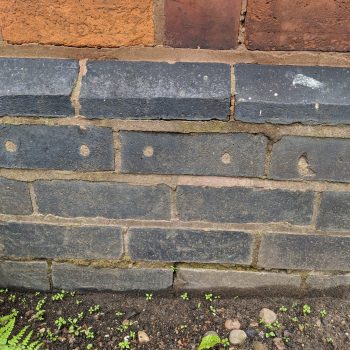
Wrexham: A damp proof course injection has been installed into a damp proof course brick (?!). The internal damp problem was actually condensation, not rising damp. Baffling.
